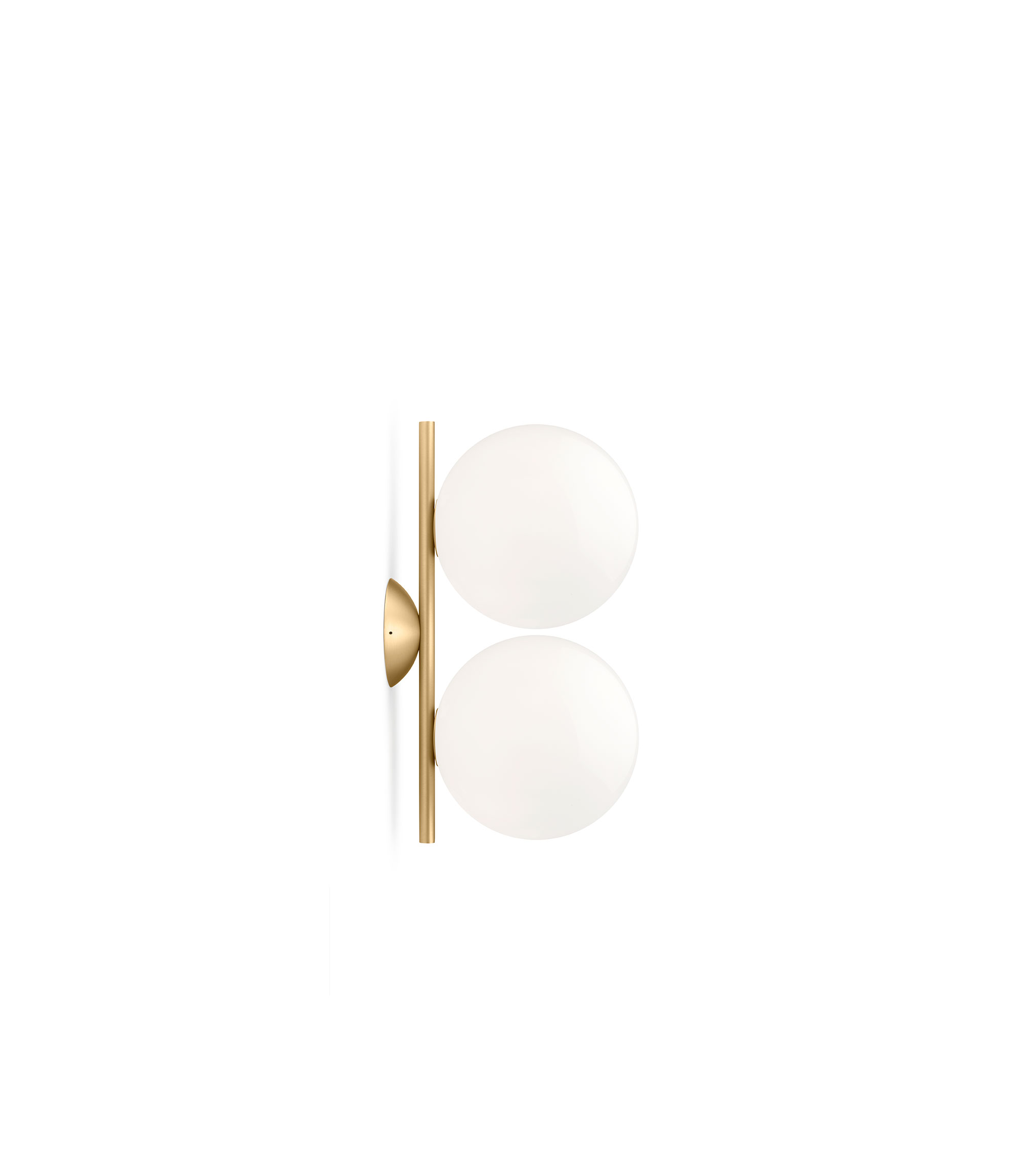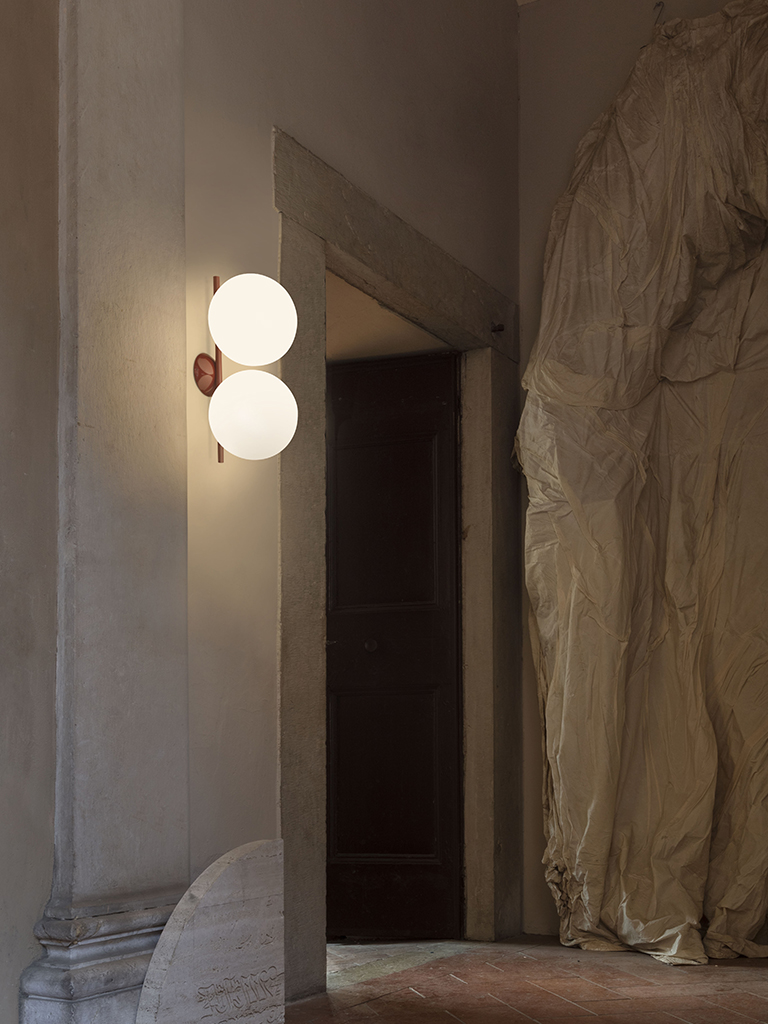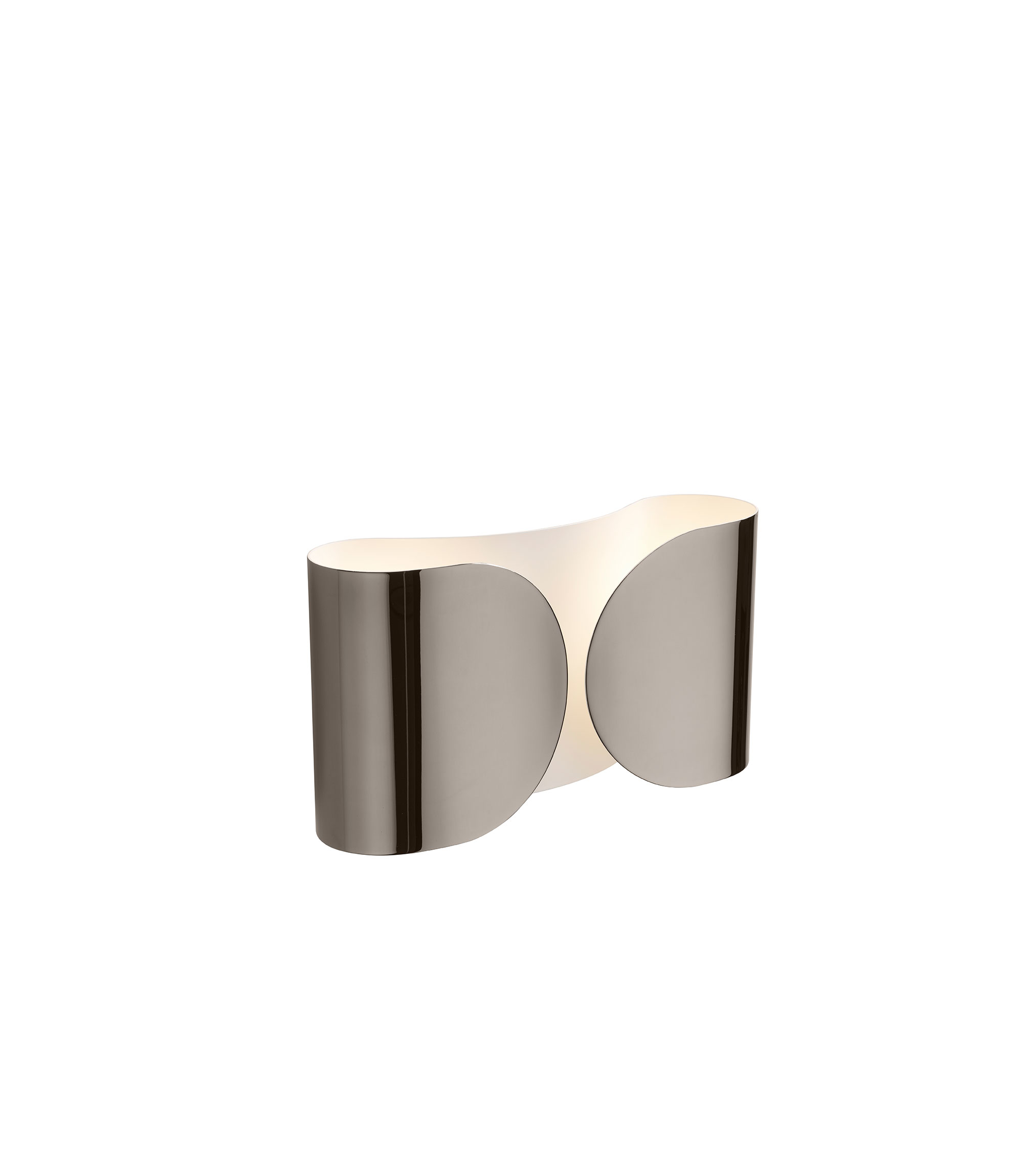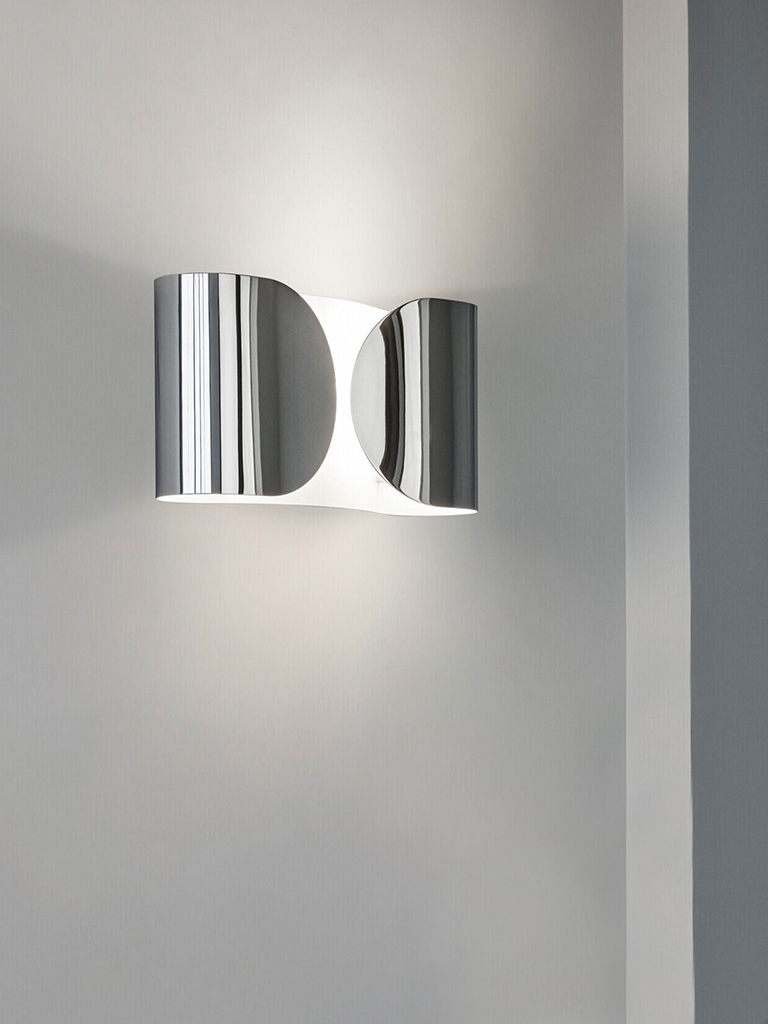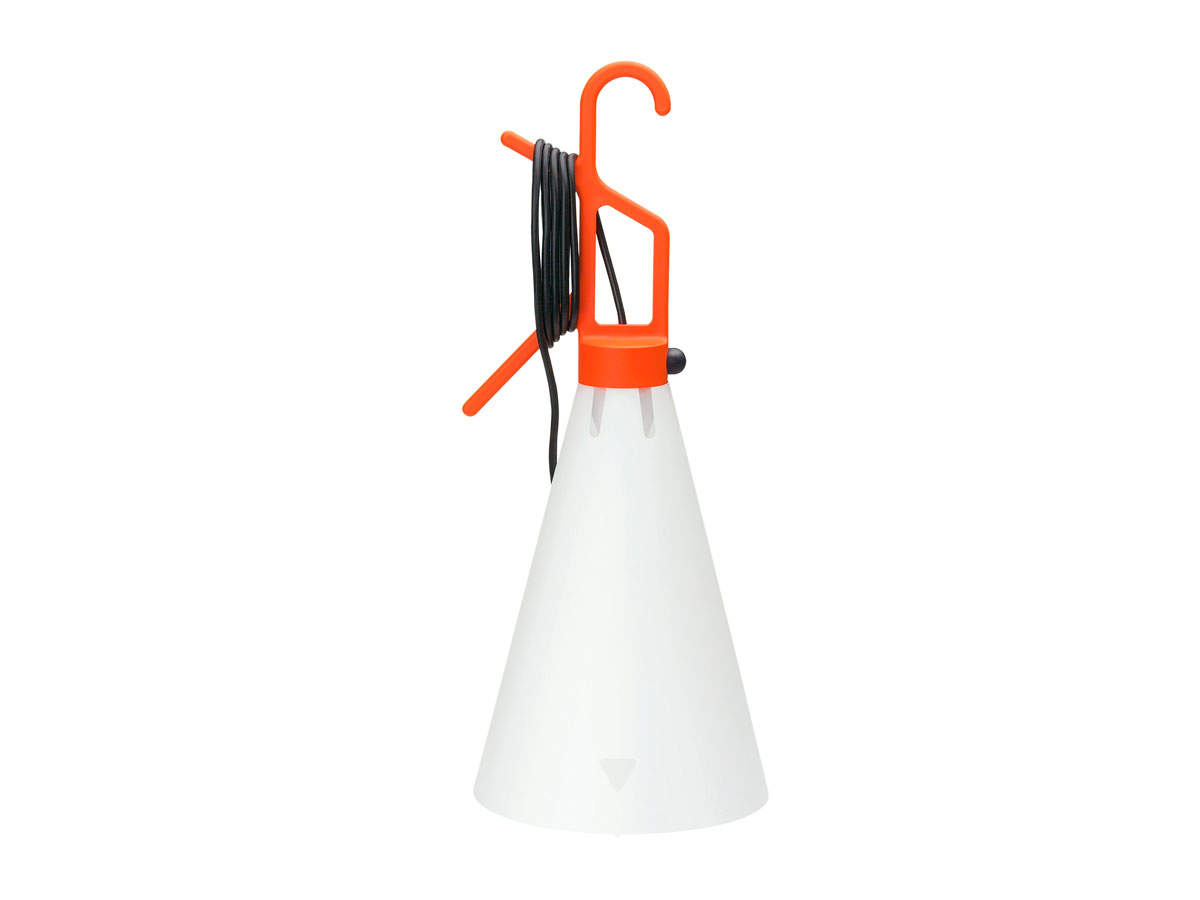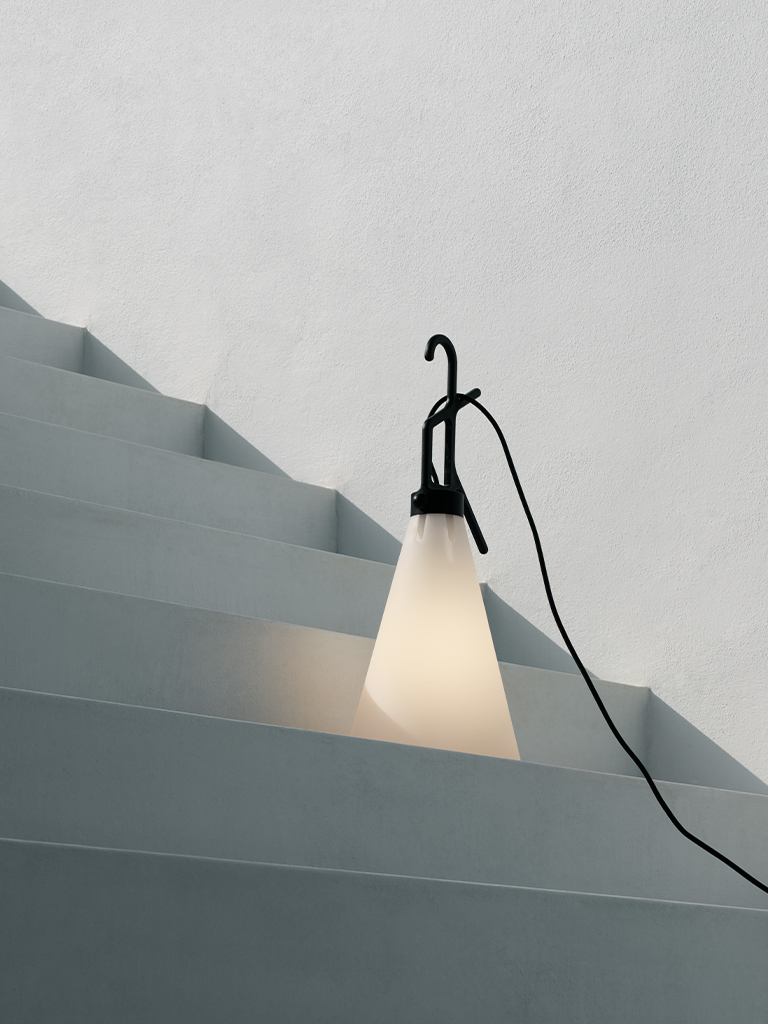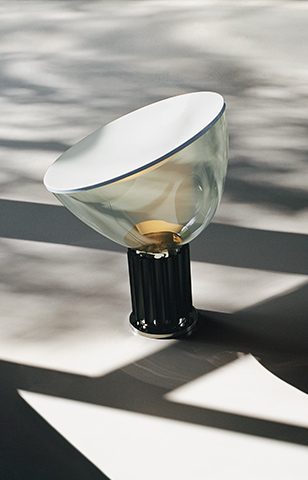Palazzo Monti


In a 13th century Italian palazzo in Brescia, Edoardo Monti has established a dynamic art- ist residency, bringing together creatives from around the world.
Interview by HANNAH MARTIN, Photography by SANTI CALECA


Tell me the story of Palazzo Monti. Why did you start this residency?
I’d been living in New York for five years, working in fashion, and I just felt the urge to do something different. Maybe something closer to the art world. I thought of this space in Brescia—a 13th century palazzo that had been in our family since the 1950s—and how amazing it would be to bring people together here. We launched in March of 2017, and we have welcomed more than 150 artists since, from 50 countries, working in pretty much any medium you can think of. In addition to painters, photographers, and sculptors, we also host designers—we had Sabine Marcelis, Soft Baroque, Guillermo Santoma, and Pablo Limón—videographers, poets, and performers. We even had a chef.
How do you choose the residents?
I work with a board of directors from London, Paris, New York, and Seoul. As a collector myself I don’t want to be influenced by my own preferences. I like figurative painting and sculpture, for instance, but I wanted the residency to be more of a reflection of our times, rather than my own collecting interests. So with the board we review applications—about 100 a month—and also select artists to invite.
What do you look for?
We’re pretty open. We work with artists of every age, at every stage in their career. We’re also open to artists who want to explore a new medium. A photographer might apply, but declare that they want to try sculpture or painting. And since we’re not a gallery or a commercial exhibition space, we can give artists that freedom. If you come here as a painter we’re not going to force you to paint.


How does the residency work?
We suggest artists come for one month. But we have also had some residents stay longer. We provide a private bedroom, private working studios, exhibition spaces, and community spaces within Palazzo Monti and we ask each resident to leave one artwork of their choosing. It creates a dialogue with the space. Rather than having a notebook with 150 photos and biographies, it's much better to have a palazzo decorated with work from each artist. Because we are a not-for-profit, we don’t ask for any rent and we cover most of the residents’ expenses.
Tell me about those amazing frescoes.
They’re neoclassical—a mix of Greco-Roman stories that were painted in 1750. One ceiling depicts the fall of Phaeton—a scene of a man riding a powerful horse in the sky who falls onto the ground. As you walk into the main exhibition space, there are two more beautiful ceilings. In one you see Venus with her maids. That’s the only one that looks down at you, so we think it was the daughter of the original owner of the house, or the wife. She’s looking at you and welcoming you into the room. The other depicts Apollo who—and this is perfect—is surrounded by the nine muses of the arts.
Do many artists end up making work inspired by the palazzo?
Yes absolutely. The beauty is that it’s not always obvious how it inspires people. But I can definitely tell from the colours, from the shapes, from the research. Of course, some artists—especially figurative painters—have incorporated figures and faces or scenes from the frescoes into their work. But most of the time it is much more subtle—the light in the courtyard, the colours of the frescoes, it all becomes part of your daily life.



Does a sense of community develop among the residents?
Definitely. Everyone has a private space, but we meet for breakfast and dinner, we go out, we have fun, we drink together. Every month is different. You can’t predict how people will mix with each other. But we have never had a negative experience. Incredible friendships— and a couple of love stories—were born here. And it’s really amazing to see the residents sharing knowledge. When someone comes who is just out of school, it’s super interesting for them to talk to mid-career artists and ask them questions, whether it’s how to approach a gallery or a curator or a collector, or even things like how to handle taxation and invoicing. The palazzo is in the middle of a very old city that offers pretty much anything you can think of in terms of culture, food, and museums. But the way the space is set up, you don’t really have to leave. You can easily just stay within the premises and create for seven days a week.
And I guess that was the norm for a few months. What was it like being quarantined here? You’re in one of the worst-hit parts of Italy. But, being confined in a palazzo doesn’t sound so bad.
Bergamo and Brescia—my hometown and the place where the residency is located—were both hit hard by the pandemic. That was really tough. Luckily, the day-to-day of the residency was not that affected because we have a bit of independence from the outside world. But we did have to reschedule our upcoming residencies. Also, the artists couldn’t get out to get materials so they had to work with what they had. Scraps of fabric and old pieces of wood were used to create smaller artworks and stretcher bars. It was a bit challenging for them, but it does make things interesting. We have had to shuffle around our program moving forward. From June 1, we’ll only accept Italian artists for a period of time due to current travel restrictions.
Which artists stayed for the extent of the pandemic?
Osamu Kobayashi, an artist from the States, has been here working on a gallery show with A+B Gallery for the last few months. And Leonardo Anker Vandal from Denmark has kept a studio here. He is our long-term resident who I hired a few years ago to look after the premises. He continues with his own practice. Both of these artists will be part of a drive-in show that I am co-curating. We are installing some site-specific projects at a local garage with underground parking. It’s hard for artists to know, in the long run, how they will be affected by the pandemic. So I’m trying to do as much as I can to support them and make sure that they’re given opportunities.


So tell me more about the drive-in show. Do you mean a viewer will drive into this space and see it from their car?
Yes, it’s called Art Drive-In.
I love that.
People are not going to gather for a few months. But you can get into your car, go to this underground garage, and see some art that was made on site. It’s a cheeky way to do something, and, at the same time, give the artists some real support.
I don’t know about you but I’m getting a little sick of online viewing rooms.
I know, right? Why were paintings invented? And sculptures? I think, rather than taking photos of paintings and sculptures and putting them online, why don’t we focus on the artists working in mediums that make sense in our new normal? I’m thinking of digital artists, videographers, photographers, and also designers. Homes became so important to us over the past two months.
Are you starting to think about other new ways to show art?
I think we should take a moment and see if what we call ‘normal’ is actually OK. Maybe we come up with new strategies and create a better world? Everyone is rushing to create some sort of online version of what we consider the pre-COVID world but I think the question we should ask ourselves is ‘Was that world so good that we want to rush back to it?’ Or maybe it was a bit toxic for some industries and some people.
And the planet.
Like Winston Churchill said ‘Never waste a good crisis’.
I was thinking about when we met in Seoul last fall. You had just come from the art fair in Shanghai. I was in Korea reporting a story.
I landed at the airport and came straight to you guys at the bar. I was exhausted. You were exhausted. The day after I was going to Tokyo. It was just crazy. Do we really want to go back to that life? But at the same time, think about it: an Italian, an American, and our friend Hye, a Korean—three continents meeting at a bar in Seoul. That’s when things happen.
There’s really no substitute for physical togetherness.
We have our social media and internet that allows us to get in touch with anyone at any time. But the thrill of physical experiences—being together with someone else—it’s an emotion you can’t achieve digitally. That’s also why I’m kind of against rushing onto a digital world for the arts. 99% of what we feel comes from talking to artists, visiting their spaces, being together with them. After a show at Palazzo Monti we always do a big dinner with at least 50 guests.That’s how you create relationships. It’s how you get to know each other—by having a drink and getting food and sharing time and having fun and kissing and touching and embracing each other. Being together is when you have ideas.





















